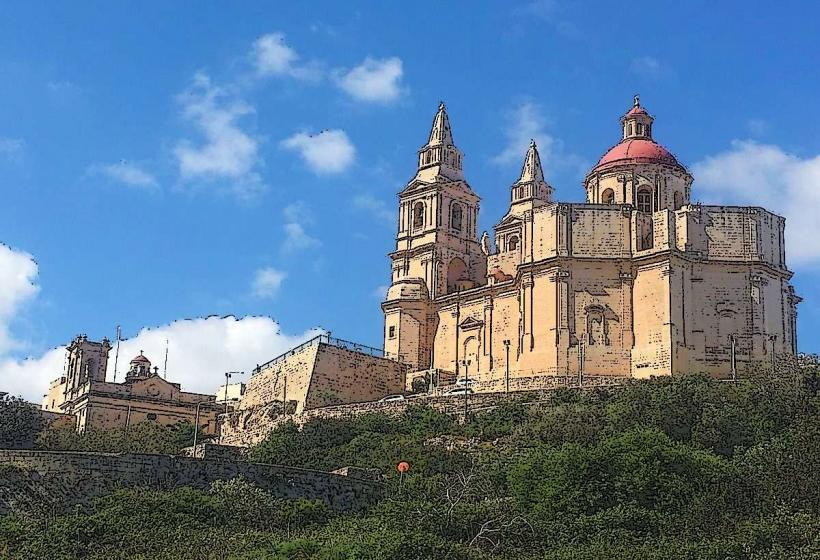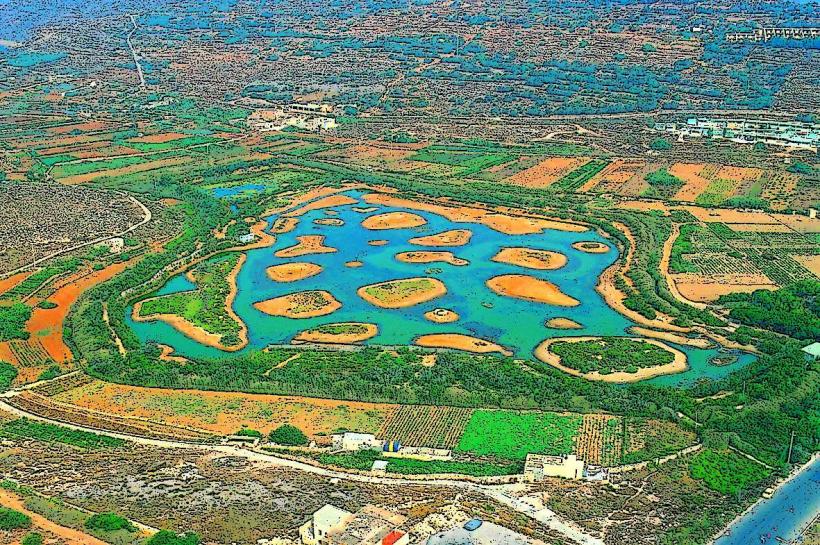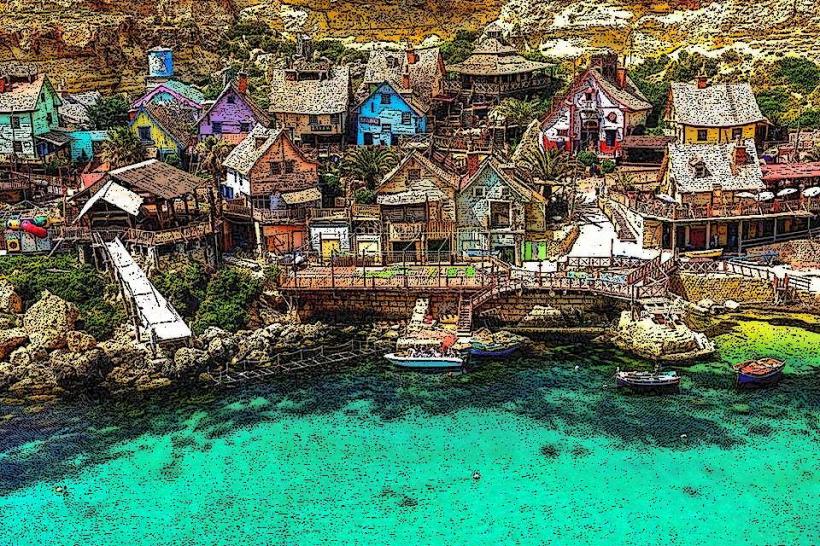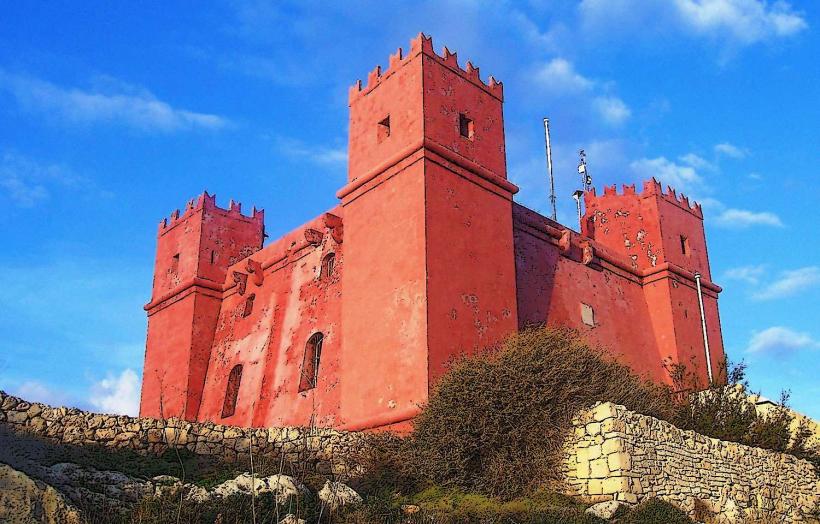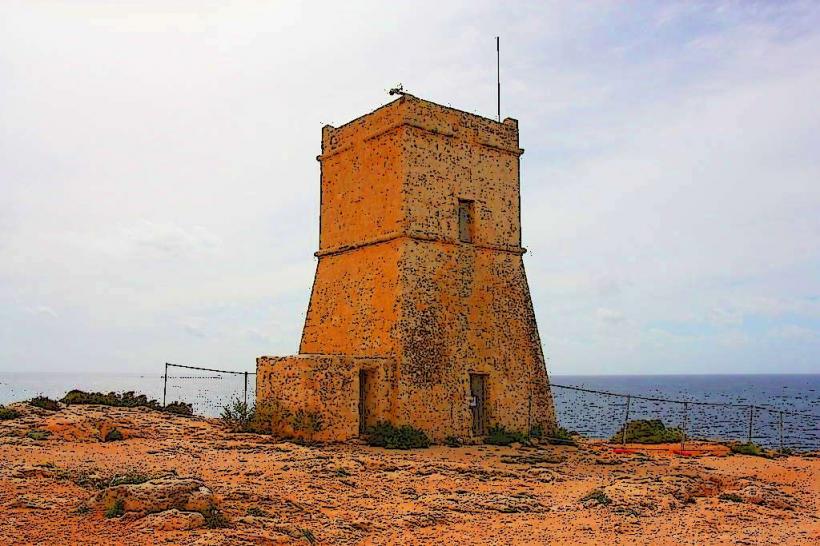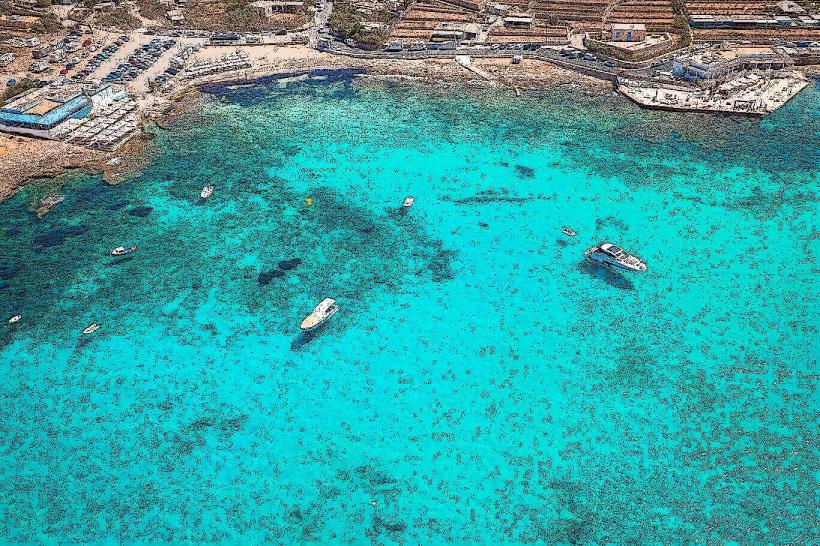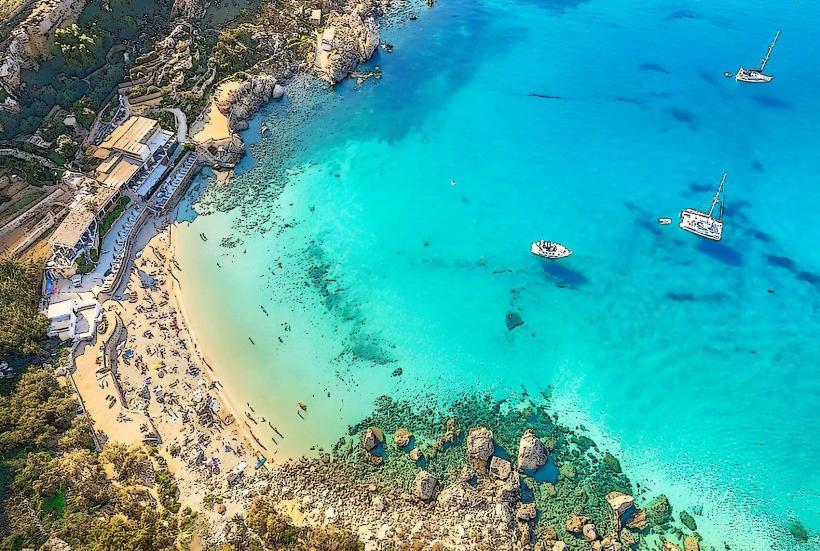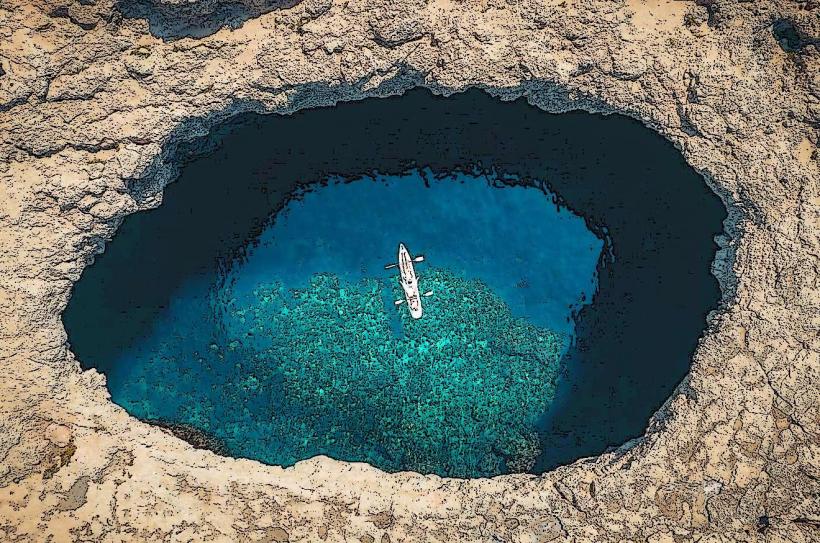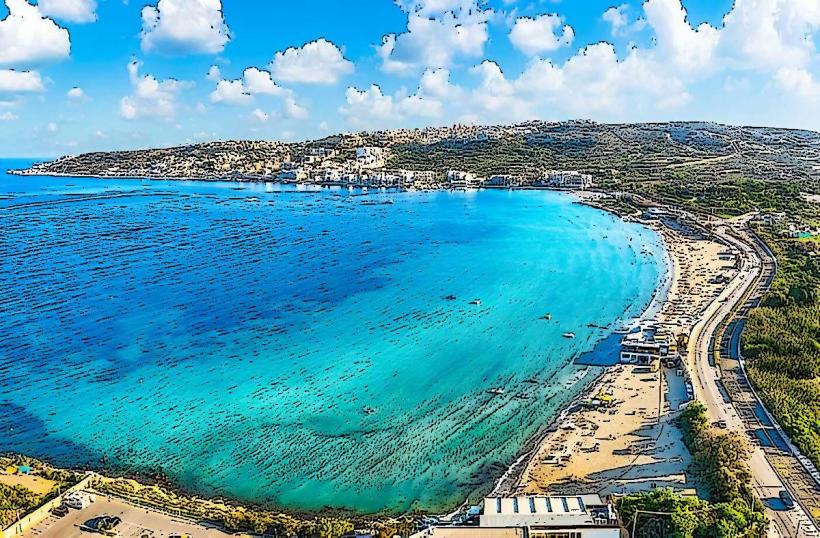Information
Landmark: Selmun PalaceCity: Mellieha
Country: Malta
Continent: Europe
Selmun Palace is a historic building located in the northern part of Malta, near the village of Mellieħa. It is one of Malta's notable examples of 18th-century architecture and has a rich history, with connections to the Knights of St. John and various private owners over the centuries. The palace stands in a scenic location, overlooking the Selmun Bay area and offering views of the Mediterranean Sea.
History and Background
- Construction and Early Years: Selmun Palace was originally built in the 18th century as a country residence for the Knights of St. John. It was constructed during the reign of the Grand Master Emmanuel de Rohan-Polduc (who ruled from 1775 to 1797). The palace was designed as a retreat for the knights, providing a peaceful and secluded environment away from the hustle and bustle of Valletta.
- The building was initially constructed as a hunting lodge and summer residence, taking advantage of the surrounding natural beauty and its proximity to the coastline. The knights used the palace to entertain guests and to host various social functions.
Architecture
- Design: The palace is a neoclassical-style building with distinctive architectural features that reflect the late Baroque style. It is characterized by its large, imposing structure, featuring symmetrical facades, ornate windows, and decorative elements such as balconies and columns.
- Facade and Layout: The main facade of the palace is divided into several sections, with large windows that allow plenty of natural light to enter. The layout of the building is organized around a central courtyard, with the main rooms and chambers positioned around it. The palace also has a spacious entrance and a grand staircase that leads up to the main floor.
- The Grounds: The palace is surrounded by extensive grounds, which once included gardens and agricultural land. The estate was used for leisure and recreation, with walking paths, orchards, and terraces offering views of the surrounding landscape. The Selmun Bay below was historically used for fishing and as a base for maritime activities.
Later History and Ownership
- Post-Knights Era: After the Knights of St. John were ousted from Malta in 1798 by the French, Selmun Palace went through several ownership changes. The building was later leased and sold to various private owners, and it underwent several modifications and renovations during this period.
- Ownership by the Saliba Family: In the 19th century, the Saliba family, a prominent Maltese family, acquired the palace. They made further alterations to the structure, including the addition of new rooms and decorations. The palace remained in private hands for many years, with only limited access to the public.
- Restoration and Preservation: In the modern era, efforts have been made to preserve and maintain the palace, although it has not been as extensively restored or opened to the public as some other historic landmarks in Malta. Today, it remains a privately owned property.
Current Status
- Private Residence: Selmun Palace is still in private ownership and is not open to the general public for tours or visits. However, its historical significance and architectural beauty make it a point of interest for those visiting the Mellieħa area.
- Scenic Views: Despite its private status, the palace’s surrounding grounds and location offer breathtaking views of the Mediterranean Sea and the Selmun Bay area. The picturesque setting makes it a popular spot for photography and scenic views, especially when looking out from the hills above the bay.
Notable Features and Surroundings
- Selmun Bay: The area around Selmun Palace is known for its natural beauty, with Selmun Bay being a popular spot for swimming, relaxing by the beach, and enjoying water-based activities. The bay is relatively quiet compared to other parts of Malta, offering a serene and peaceful environment.
- Nearby Attractions: The palace is located not far from other popular attractions in the region, such as the Mellieħa Bay, Popeye Village, and the Għadira Nature Reserve. Visitors to the area can explore the nearby countryside, beaches, and other scenic views.
Conclusion
Selmun Palace is an important historical site in Malta, with its roots in the Knights of St. John and its evolution as a private estate. Although it is not open for regular public visits, its striking architecture, historical connections, and location within the beautiful Selmun Bay area make it a notable feature of Malta's rich cultural heritage. For those exploring the northern part of the island, the palace’s surroundings offer opportunities to enjoy both history and natural beauty in one visit.

